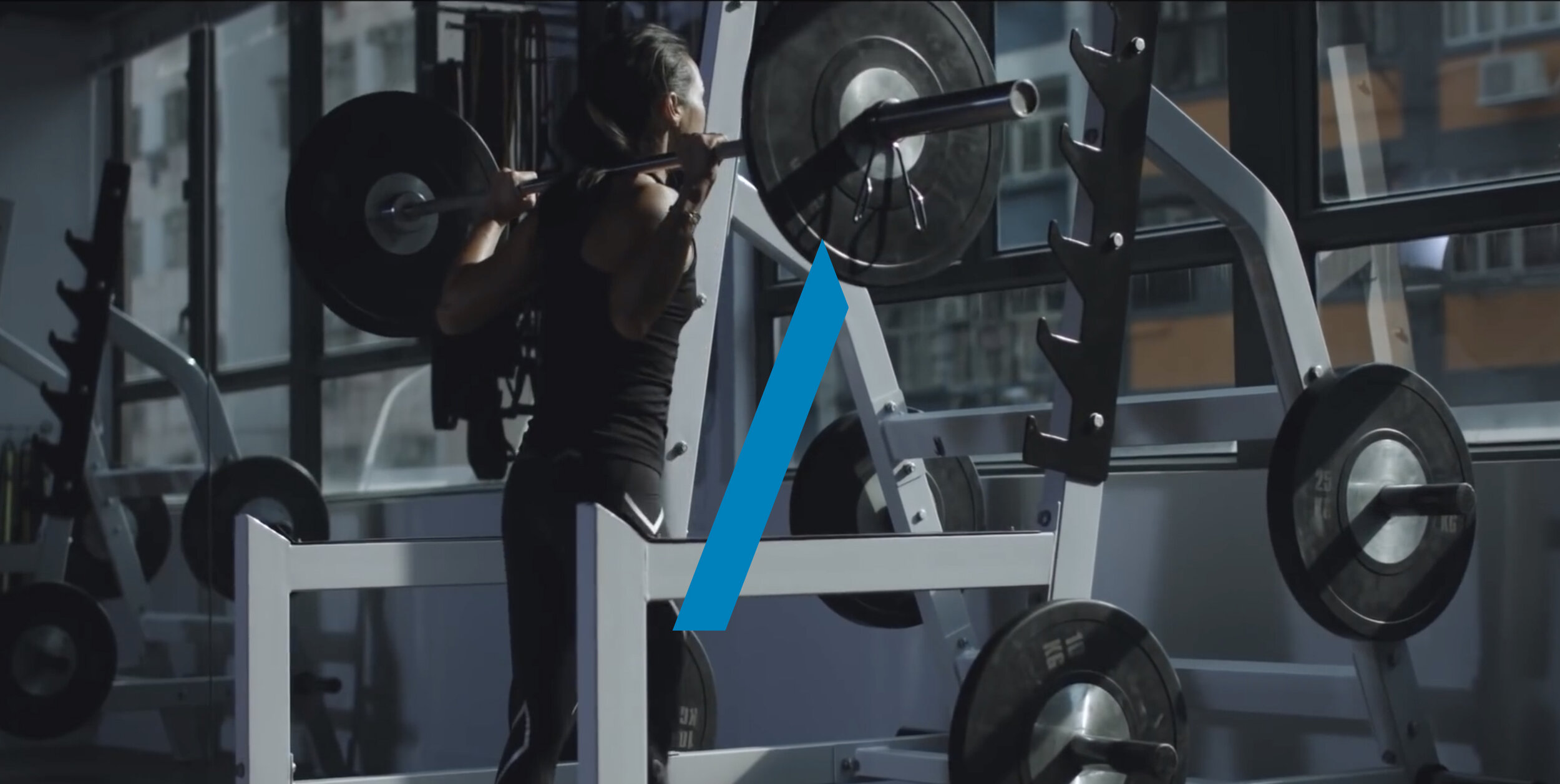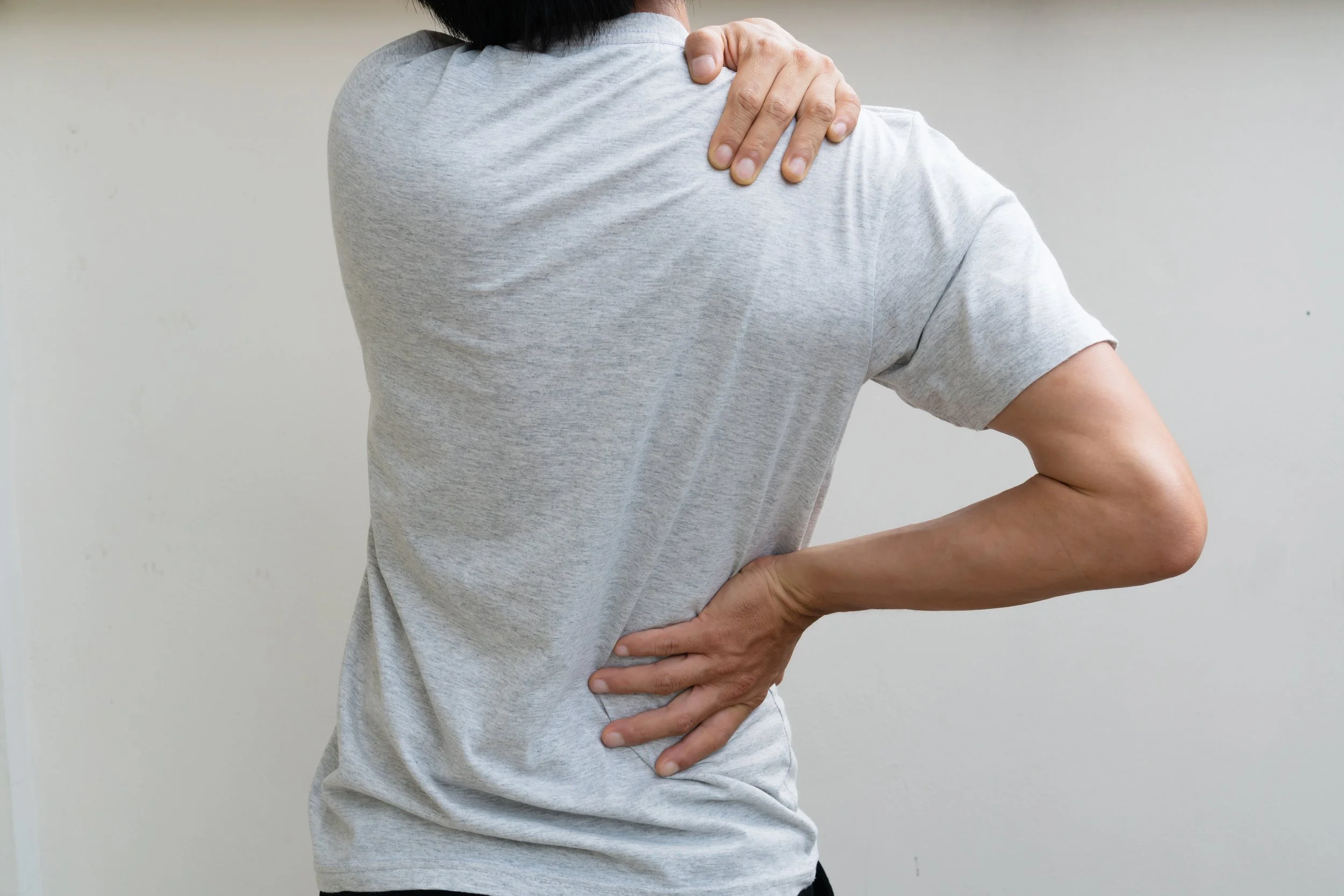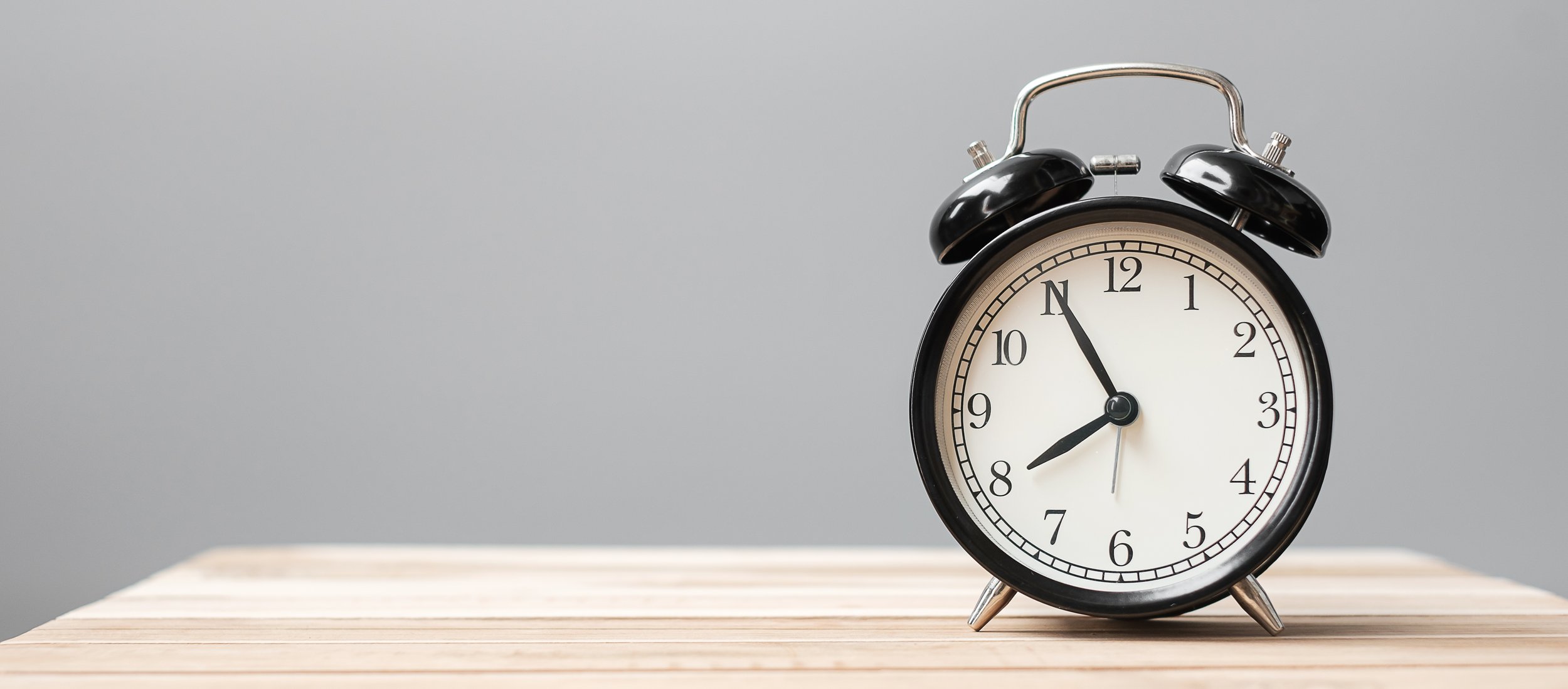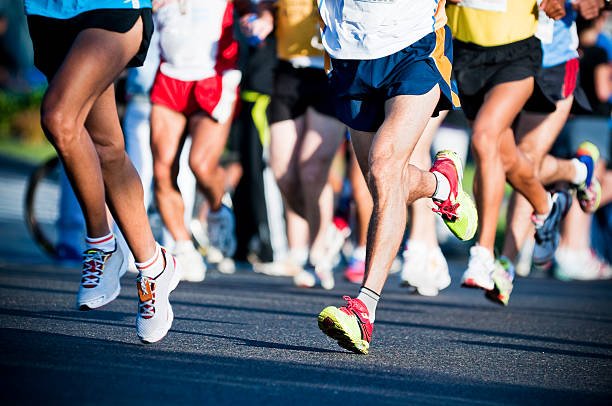Your lower back is not a lever to replace weak hips and incompetent bracing. Respect your spine and strengthen your movement competency.
Athletes join us for many reasons. Some want to podium in a full Ironman, some aim to PB in Hyrox, some want to be able to Deadlift 2x their body weight, and others just want to be able to put their socks on without being in pain. Regardless of your athletic goal, pain is all encompassing. If you are in discomfort while sitting, standing, lying, or moving around; then we need to do something about it. FYI, ignoring the pain and hoping it will go away is not a strategy, it is a prayer. Let’s use some science for a bit..
Your spine is the structural foundation of your skeletal system. If you are blessed with the ability to walk, run, hinge, turn, and jump then let’s talk about respecting one of the most complex and essential building blocks of your body. Yes your spine can bend (sideways, backwards, forwards, and rotationally), but that does not mean you can use it instead of your hips and knees. Your back is not designed to do the heavy lifting or compensate for tight hips. Yes your back is strong, after all, it keeps your head up, but it is not designed to carry the load of heavy bars or inefficient sitting and standing. Sixty percent of adults report lower back pain (LBP), let’s look at what might be the cause and some take away strategies to identify why your back might be in pain and how to respect yourself a bit more to be able to pick up the fork you dropped.
We will address each of the potential areas of fault below in the coming weeks. For now just place yourself in the Green (Yes I can), Amber (nearly but room for improvement), or Red (wow that hurts) box for each.
Mobility?
The foundation of a healthy system is a full unrestricted range of movement. Three main joints contribute to being able to tick the lower body mobility checkbox.
Ankles - With a flat foot, bend your knee to the wall and if your knee travels 10cm + past your toes then your ankles are mobile. Less than that and you will struggle to squat (sit down) properly.
Knees - your thighs must be able to touch your calves, either passively or, ideally, actively. If your knees hurt when you bend them to this range then you will struggle to absorb force through your thigh muscles when you walk around. This will force the work up into your lower back which is not designed to be a backup generator.
Hips - keeping a neutral (long) spine, you must be able to hinge to 90’ at the hips. Hold a pole behind your back to see how well you can push your hips towards the wall behind you. Less than 90’ will inevitably result in using your lower back to reach down.
▶ Click here to watch Tom demonstrate each of the Mobility markers.
Strength?
We can cut this up in many directions but let’s stay with the basics again. Three essential movements that if you can’t produce because of weakness then we have found the culprit and can get started on the solution…
Trunk - returning to a previous video you need to be able to hold a neutral braced position in your mid section. The Deadbug is our go to assessment for this. Utilise a band under your lower back to mark your neutral position and progress your limb movement to see where the trunk brace fails (▶Watch our previous Bracing Tips Video). 60s of alternating limbs is bare minimum or you have homework to do.
Hips - assuming you smashed the hip hinge and can achieve 90’ now is the time to see if we can do that under load. Yes you could do a Deadlift but for now lets try the Single Leg Hip Bridge. Put your foot on a step / stair and raise your hips to the ceiling. Keep your tummy down to ensure the work is coming from your hips. Do you observe any differences left to right or after a 60s of reps? Then we have work to do.
Knees and Ankles - your life is lived on one leg through walking, stepping, climbing, and hopefully running. Best to make sure that you have the leg strength to do a static lunge or we have no hope of applying single leg power on the tennis court. So stand in a split stance and keep your chest upright when you lower your back knee to the ground. Do 20 per side. Impossible, then winner winner, we have found the problem.
By now, you should have a Green, Amber, or Red for all six exercises. Stay tuned for the subsequent blogs addressing each one in turn and guiding you through improving them. If like us however you are impatient and want to be pain free now (why wouldn’t you?!) then get in touch and we will start your tailored programming tomorrow.










